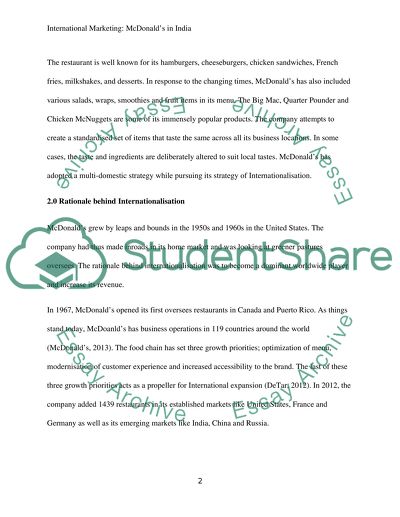Cite this document
(International Marketing: McDonalds in India Term Paper, n.d.)
International Marketing: McDonalds in India Term Paper. Retrieved from https://studentshare.org/marketing/1497942-international-marketing-emaad
International Marketing: McDonalds in India Term Paper. Retrieved from https://studentshare.org/marketing/1497942-international-marketing-emaad
(International Marketing: McDonalds in India Term Paper)
International Marketing: McDonalds in India Term Paper. https://studentshare.org/marketing/1497942-international-marketing-emaad.
International Marketing: McDonalds in India Term Paper. https://studentshare.org/marketing/1497942-international-marketing-emaad.
“International Marketing: McDonalds in India Term Paper”, n.d. https://studentshare.org/marketing/1497942-international-marketing-emaad.


